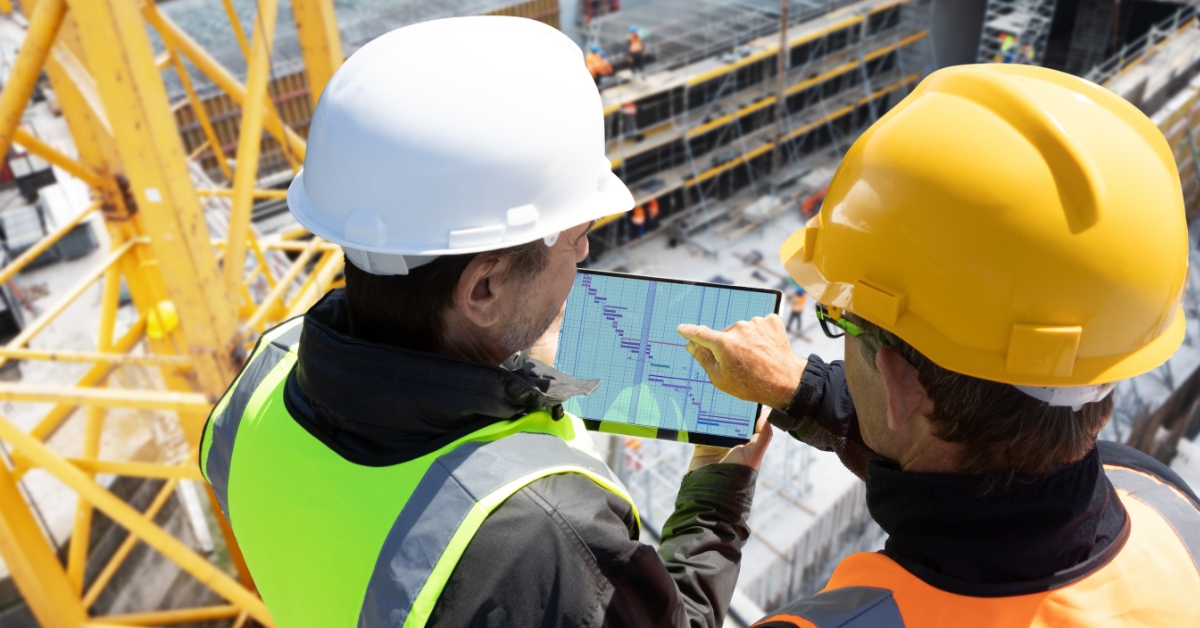This project is part of the research and development work promoted by ENEA and Open Fiber in collaboration with the Municipality of Pitigliano with the aim of fostering the innovation of urban management models, with particular reference to small municipalities and villages.
The shared goal is to promote the development of the ‘new-generation’ village, starting with digital in order to implement services that benefit the municipality and citizens, taking into account the context of the area and its specific characteristics. The fundamental prerequisite is the FTTH (Fiber To The Home) fiber-optic infrastructure, implemented by Open Fiber as a Concessionaire of InfratelInfratel Infratel Italia S.p.A. is an in-house company of the Ministry of Economic Development and is the implementing party of the Government’s Broadband and Ultra-Broadband Plans. For more information visit www.infratelitalia.it Italia.
Initiatives range from testing augmented realityAugmented reality A form of virtual reality in which computer-generated information elements are superimposed on the real scene perceived by a viewer. Applications based on augmented reality require the use of special glasses or devices with a camera such as a smartphone, so that images of reality can be overlaid with pictures, captions, and diagrams. Examples include applications that draw the outline of constellations by framing the stars in the night sky, games that immerse characters in an everyday environment, furniture simulators to display furniture inside empty houses, etc. for the enhancement of cultural heritage to the application of ENEA’s PELL (Public Energy Living Lab) project to schools, hospitals and public lighting systems, as well as edge computing and energy efficiency, and finally a feasibility study of an energy community. The start-up and testing of land monitoring will be particularly significant given the tuffaceous nature of the terrain. This will involve the National Institute of Geophysics and Volcanology, and will entail the use of the fiber optic laid by Open Fiber as a sensor distributed throughout the area.
Pitigliano: the project’s potential and challenges
Strategically located in the Tuscan Maremma, rich in history and surrounded by nature, Pitigliano has been chosen as an ideal candidate to become Italy’s first digital village. The municipality boasts two of the most prestigious national awards: it is included in the list of the “Most Beautiful Villages in Italy” and has been awarded the Orange Flag for the 2021-2023 term. Its history dates back to the Neolithic period, of which it preserves several vestiges, though the traces left by history in the following centuries are even more impressive. Ancient hollowways, necropolises, the Medici Aqueduct and a 16th century synagogue are some of the most noteworthy.
This project’s main challenge is to develop digital services and technologies that can subsequently be replicated in other Italian municipalities with similar characteristics, facilitating their digital transition, while enhancing the special features of the local context, and identifying and promoting a minimum standard of innovation for small municipalities and villages.
FTTH fibre as a service enabler for digital villages
Thanks to the presence of ultra-broadbandBroadband The term broadband, in telecommunications, generally refers to the transmission and reception of information data at a connection speed of over 144 kb/s. Broadband organises different channels, conveying different content in the form of data, such as Internet radio, animation, audio files and high-definition video. infrastructure, it is possible to develop innovative digital utility services for central and local public administrations, municipalities and all their residents. The methodology developed by ENEA in collaboration with the University of Insubria, Smarter Interdepartmental Research Centre, the “Urban check-up model”, will make it possible to define the minimum standard of innovation that each municipality should achieve, considering its own specific features and characteristics. Services that can be enabled include:
- Smart working and remote activities: the use of fiber optics allows the reduction of impacts on the environment and the community
- E-Mobility: reducing parking search times and decongesting traffic by managing tourist flows in real time
- Telemedicine: providing the infrastructure for continuous tele-monitoring of patients to support the transmission of high-resolution data
- Education: facilitating distance learning and the digitalisation of educational institutions with a view to safeguarding the right to education and reducing the gap caused by existing differences in infrastructure
- Energy efficiency: reducing electricity consumption, including through smart lighting systems
- Land monitoring using Fiber Sensing: creating a sensor system, using fiber optic as a transducer and means of transporting information (e.g. for earthquake detection)
- Security: developing solutions for improving local security and monitoring flows
Eliminating the digital divideDigital Divide A term to describe the gap between those who can use new information and communication technologies and those who, for technical, economic or social reasons, are unable to use them. Read the news item “Digital divide and social inequality: the role of Open Fiber” to find out more. to counter depopulation
Thanks to this infrastructure, the village will become to all intents and purposes a ‘smart’ village, one of the main positive effects of which will be the reduction of the digital divide, which has always been at the heart of Open Fiber’s Mission, and, above all, the fight against depopulation.
In this sense, Giovanni Gentili, Mayor of Pitigliano, emphasised that fiber optics is the most valid solution to the problem:
“Pitigliano is proud of this investment made by Open Fiber and ENEA. The project must be replicable in other Italian villages. We want to set an example. Fibre infrastructure and these kinds of initiatives must also help to stop the exodus that is taking place in small Italian municipalities.”







